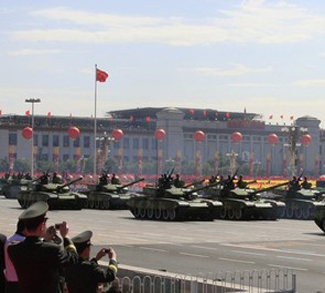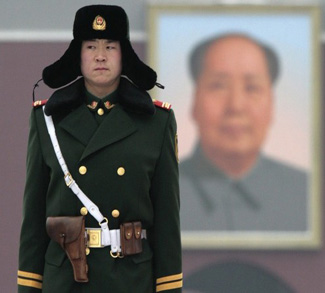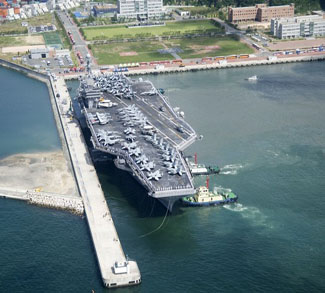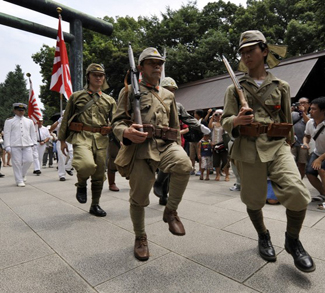The US Department of Defense has submitted its annual report on Chinese military power to Congress. While the report proved enough to elicit a fiery response from the Chinese government, it can be taken as evidence that the Pentagon wants to play down the ‘China threat’ for the time being.
The report asserts that China’s military modernization is lacking in transparency, which increases the odds of future miscalculations that could give rise to open conflict. This is nothing new, and indeed has been a re-occurring theme since annual reports on Chinese military power were first submitted to Congress in 2000.
Some highlights of the report include:
- China has a stock of 1,150 short-range ballistic missiles and an unknown, though ever-increasing stock of medium-range missiles. In a couple of years, PLA missiles will be able to hit aircraft carriers up to 900 miles away.
- The Chinese military is pursuing the development of a domestic aircraft carrier program. The first domestically-produced carrier could be operational within a decade.
- The PLA is producing new tanks, artillery, and armored personnel carriers.
- The PLA’s capacity for cyber attacks remains “mysterious” and the report goes on to suggest Chinese government culpability in a spate of attacks in 2009 that targeted sensitive computer networks around the world.
While Beijing issued a series of angry statements in response to the report, its tone is definitely conciliatory given the potential for a flare up of “China threat syndrome” in the American defense establishment. The Chinese government has recently made some disconcerting moves in the eyes of its neighbors and the West, such as asserting its military influence over the South China Sea and siding with North Korea in the wake of the Cheonan incident. Furthermore, the state of US-Chinese military exchanges remains in disarray following this year’s $6 billion US arms sale to Taiwan. In this context, the report could have been used as a soapbox to sound alarm bells in Washington, but it instead chose a more level-headed path.
Around the internet, the China Daily predictably carried a hyperbolic response to the DoD report:
“It’s currently impossible for China to reach the level that the US demands,” he said. “Anyone who understands basic international politics knows there is no absolute transparency, especially between non-allies.”
“Many of those who drafted the report are civil officials in the Department of Defense, and are mostly hawkish. Few of them are China experts,” he said. “The report is not exactly professional. It uses ambiguous terms without solid proof.”




